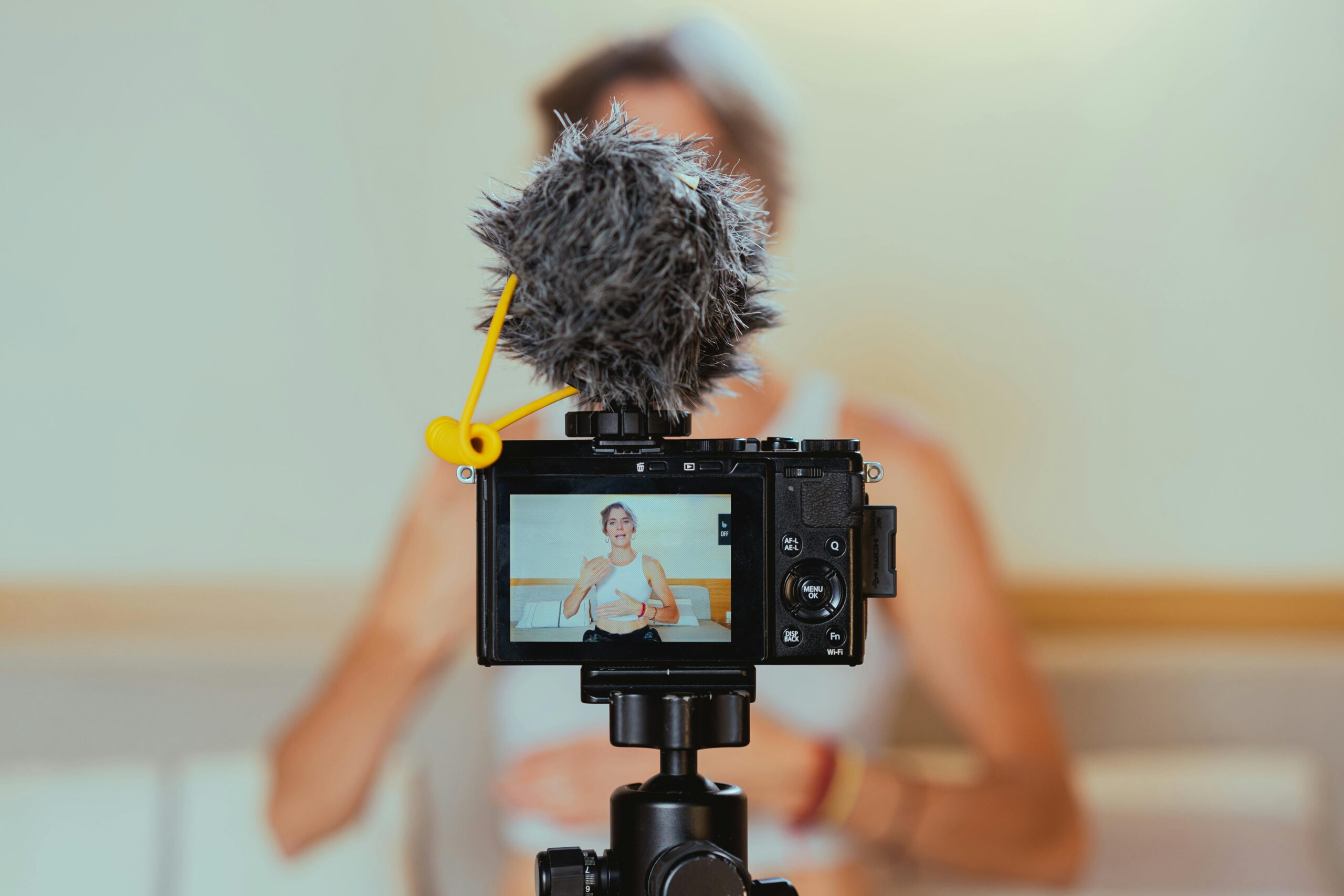Influencing in pharma? Learn the must-follow social media rules, with real examples and compliance tips. Stay compliant, stay credible.
In today’s hyper-connected world, information travels faster than a pill dissolves. From TikTok health hacks to Instagram doctors with a million followers, influencers are reshaping how people talk about medicine.
But when it comes to pharmaceuticals, a single misstep can be more than just a PR blunder—it can be dangerous. That’s why pharma influencer regulations are no longer just suggestions. They’re essential rules every health advocate must follow, not just for ethics, but for safety.
So, whether you’re an aspiring wellness content creator or a pharmaceutical brand considering your next #Ad, here’s a beautifully clear, life-rooted walkthrough of how to stay compliant in this ever-scrolling universe.
Why Influencer Guidelines Matter (Even If You’re Just Sharing a Vitamin)
Let’s start with a relatable story.
Meet Aisha. She’s a pharmacist by day and a wellness content creator by night. One evening, she posts a glowing review of a prescription acne medication that “completely changed her skin.” Thousands of likes pour in. But she forgets a few crucial things—mentioning side effects, stating that it’s prescription-only, and disclosing her collaboration with the pharma brand.
Within 24 hours, her post is flagged. Not by trolls. But by regulators.
This isn’t an isolated incident. In fact, due to growing digital chatter around health and medicine, pharmaceutical social compliance rules have become stricter. Every post, caption, story, or reel that talks about a pharmaceutical product must be clear, accurate, and in full regulatory alignment.
So, What Are These Pharma Influencer Regulations Anyway?
Let’s simplify it.
Think of these rules as the “do’s and don’ts” of health communication online.
What You Should Do:
- Always Disclose Partnerships
Whether it’s a free product or a paid campaign, influencers must use clear tags like #Ad, #Sponsored, or #Collaboration. A hidden “thank you to XYZ Pharma” in the caption simply doesn’t cut it. - Include Risk Information
If a product can cause side effects, that must be mentioned. Not in a vague, blink-and-you’ll-miss-it format, but prominently. For example:
“May cause nausea, dizziness, or dry mouth. Consult your doctor before use.” - Use Approved Messaging
Pharma companies usually have pre-approved claims. Influencers must stick to those. That means no saying “this cured me” unless the brand’s claim supports it. - Mention Limitations
Prescription drugs are, well, for prescriptions. So, any mention of a drug must clearly state that it’s not for over-the-counter use and requires a healthcare provider’s approval. - Use Accurate Language
Avoid dramatics like “miracle cure” or “100% safe.” Accuracy always beats clickbait in pharma.
What You Must Not Do:
- Never Omit Side Effects
Even in short videos, the risk information is as important as the benefit. - Don’t Imply Universal Results
Saying “It works for everyone” is misleading. Responses to medications differ from person to person. - Don’t Forget Local Laws
Regulations differ globally. What’s fine in the US might not fly in India or the UK. Influencers should be aware of local regulatory bodies like the FDA (USA), CDSCO (India), or MHRA (UK).
Real-Life Examples That Made Headlines
1. Kim Kardashian’s Morning Sickness Ad
Kim once promoted a morning sickness drug on Instagram without proper risk disclosures. The FDA stepped in, prompting her to delete and repost with complete information. It served as a wake-up call for celebrities and brands alike.
2. The Case of the Herbal Mislead
In India, a popular YouTuber promoted an ayurvedic supplement as a “cure for diabetes.” Within days, health authorities issued a warning and the video was taken down. The influencer later posted an apology, learning that natural doesn’t mean regulation-free.
The Role of Pharma Brands: Not Just Spectators
Let’s not forget, brands play a huge role. They must train influencers on what’s permitted, offer them clear content guidelines, and approve posts before they go live.
In fact, many leading pharma companies now collaborate with agencies that specialize in healthcare influencer compliance, ensuring the message is both engaging and safe.
For instance, GSK, a global pharma player, has adopted an internal digital governance checklist before greenlighting any influencer collaboration. They understand that in pharma, reputation is built not just on innovation, but on responsibility.
Tools That Can Help Keep You Compliant
Just like influencers use Lightroom for flawless photos, they can also use tools for social media compliance. A few examples:
- PharmaComply: Offers templates and auto-checklists for influencer posts.
- Clearcast (UK): Helps vet health-related advertisements before public release.
- Coegi’s HealthComply™: A US-based service that reviews influencer scripts against FDA standards.
The Verdict: It’s Not Just About Rules—It’s About Trust
Ultimately, influencer guidelines for pharma social media aren’t about muzzling creativity.
They’re about building trust. When someone posts about a medication, they’re not just selling an idea—they’re influencing health behavior.
That’s a responsibility bigger than just likes, shares, or followers.
As an influencer, your honesty and accuracy can empower someone to make a better health decision—or protect them from a poor one. And as a brand, your adherence to pharmaceutical social compliance reflects your integrity.
So, before that next #Partnership post goes up, take a pause, reread the regulations, and remember: in pharma, the right words aren’t just smart—they’re life-saving.

